
Madison, WI 53705, U.S.A.
Phone: (608) 238-2171, Fax: (608) 238-9241
Email: info@powline.com
| Home | Search | News | Products |

|
610 N. Whitney Way, Suite 160
Madison, WI 53705, U.S.A. Phone: (608) 238-2171, Fax: (608) 238-9241 Email: info@powline.com |
|||
|
This page shows common situations that require going beyond ruling span sag-tension to a more sophisticated approach based on the length of wire in each span.
Most sag-tension programs assume that the horizontal tension is the same in all spans between dead ends. While a line may be strung with equal horizontal tension in adjacent spans there are situations where changes made after construction invalidate this assumption. Examples of several such after construction situations will be shown below including:
Each of these situations results in a horizontal tension imbalance that defies analysis using ruling span techniques. These situations must be analyzed using an approach that is based on the length of wire in each span. Customers with both PLS-CADD and SAPS can switch from the more conventional constant horizontal tension approach to a wire length based approach by going to Section/Modify and checking the "clip insulators (lock unstressed length)" check box. Once in "clipped insulator" mode you are free to use the normal calculation and editing commands and PLS-CADD will transparently invoke SAPS as needed for wire length based finite element sag-tension calculations.
The examples below show a line with four 500' spans between dead ends and a drake conductor initially strung to 1500 lbs. The initial line configuration is shown in blue and the altered configuration is shown in red. The vertical scale is exaggerated by a factor of 10. While PLS-CADD is able to account for structure flexibility (see "getting more sophisticated: structure deflections and coupling between wires", soon to be available on our web site) we have elected to ignore structure deflections here in the interest of simplicity.
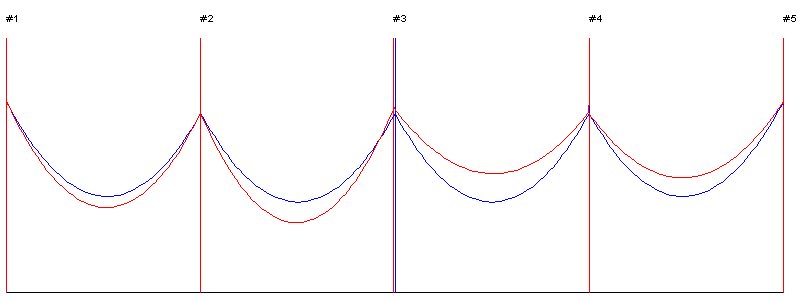

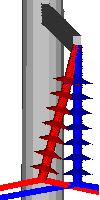

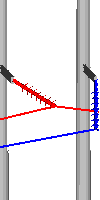

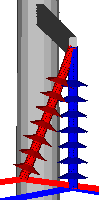
| Structure | Original Longitudinal Load (lbs) |
New Longitudinal Load (lbs) |
Ahead Span Sag Increase (ft) |
|---|---|---|---|
| 1 | -1500 | -1328 | 2.9 |
| 2 | 0 | 148 | 5.3 |
| 3 | 0 | -930 | -7.3 |
| 4 | 0 | 211 | -4.8 |
| 5 | 1500 | 1898 |


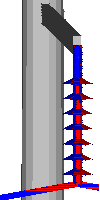

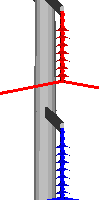

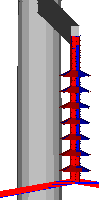
| Structure | Original Longitudinal Load (lbs) |
New Longitudinal Load (lbs) |
Ahead Span Sag Increase (ft) |
|---|---|---|---|
| 1 | -1500 | -1502 | 0 |
| 2 | 0 | -2 | -2.6 |
| 3 | 0 | 0 | -2.6 |
| 4 | 0 | 2 | 0 |
| 5 | 1500 | 1502 |
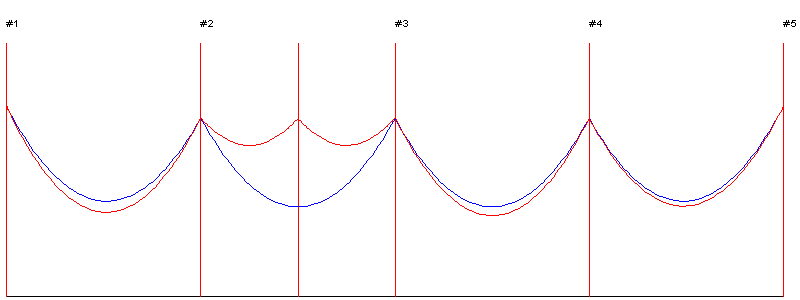

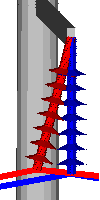
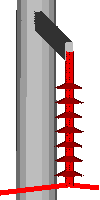
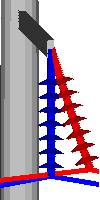

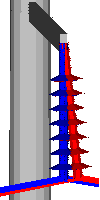
| Structure | Original Longitudinal Load (lbs) |
New Longitudinal Load (lbs) |
Ahead Span Sag Increase (ft) |
|---|---|---|---|
| 1 | -1500 | -1329 | 2.8 |
| 2 | 0 | 112 | |
| 2.5 | 0 | ||
| 3 | 0 | -142 | 2.2 |
| 4 | 0 | -61 | 1.3 |
| 5 | 1500 | 1420 |
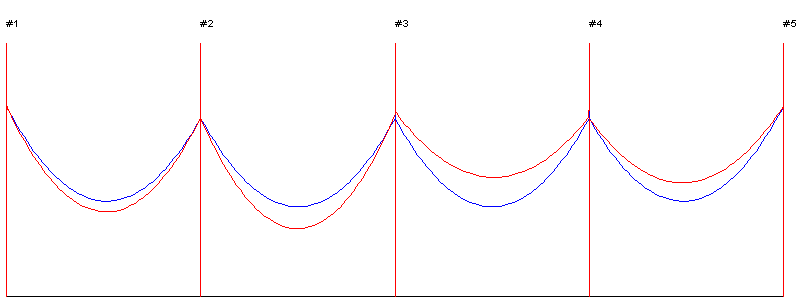

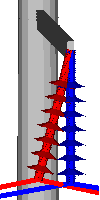

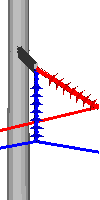

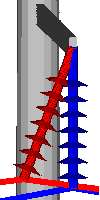
| Structure | Original Longitudinal Load (lbs) |
New Longitudinal Load (lbs) |
Ahead Span Sag Increase (ft) |
|---|---|---|---|
| 1 | -1500 | -1333 | 2.8 |
| 2 | 0 | 143 | 5.7 |
| 3 | 0 | -912 | -7.6 |
| 4 | 0 | 208 | -4.8 |
| 5 | 1500 | 1894 |
Back to finite element sag-tension technical notes.